Project Completed
View/Download An Atlas of the Birds of Kerala (archive.org)
Kerala Bird Atlas: Features, outcomes and implications (Current Science)
Kerala Bird Atlas: Features & Insights (Analysis Report)
Download District Brochures (Printable)
- Kasaragod, Kannur, Wayanad, Kozhikode, Malappuram, Palakkad, Thrissur, Ernakulam, Idukki, Kottayam, Alappuzha, Pathanamthitta, Kollam, Thiruvananthapuram
The Timeline
- Four peer-reviewed publications by January 2024.
- First peer-reviewed publication on Kerala Bird Atlas on 08 February 2022. List of 225 Authors Full Paper
- Results presented at British Ornithologists’ Union (BOU) Conference on 24 November 2021. Details
- An Atlas of Birds of Kerala released on 25 January 2021.
- Kerala Bird Atlas Scientific Analysis for The Kerala Bird Atlas: features and insights kickstarted on 18 January 2021.
- Kerala Bird Atlas surveys completed on 13 September 2020.
- Kannur Bird atlas released on 12 November 2017.
- First district bird atlases for Thrissur and Alappuzha released on 12 June 2016.
- Kerala Bird Atlas Surveys started with Thrissur and Alappuzha districts on 16 July 2015.
Publications
Forktail (Journal of Asian Ornithology)
Published District Atlases
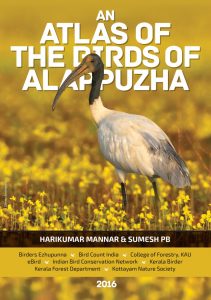 |
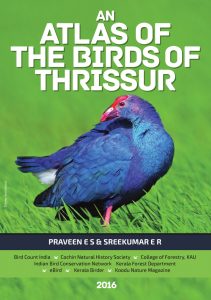 |
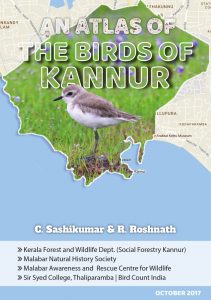 |
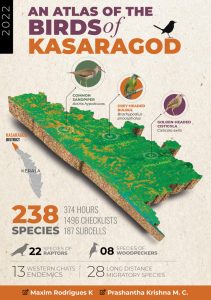 |
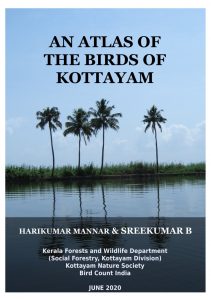 |
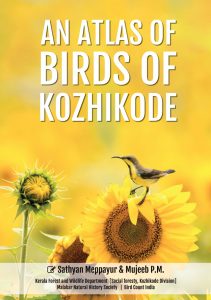 |
- Alappuzha: View/Download
- Thrissur: View/Download
- Kannur: View/Download
- Kasaragod: View/Download
- Kottayam: View/Download
- Kozhikode: View/Download
Data
- Download full data for Kerala Bird Atlas here.
Conferences
- Kerala Bird Atlas 2015-2020: Aspects and Outcomes. CitSci India Conference for Biodiversity, Bengaluru, India. 13–16th Sept 2021. Presenter: Ashish Jha
- Kerala Bird Atlas 2015-2020: Aspects and Outcomes. 1st Asian Ornithological Conference, Zhuhai, China 8–10th Nov. 2021. Presenter: Ashish Jha
- Inspecting avian conservation issues: eyes on the ground and in the sky: Developments in monitoring science, British Ornithological Union, U.K- Twitter conference. 25–26th Nov. 2021. Presenter: Ashish Jha
Public Talks
- Kerala Bird Atlas 2015-2020: Aspects and Outcomes By Ashish Jha (during CitSci India Conference for Biodiversity)
- Kerala Bird Atlas by Praveen J (during Bangalore Bird Day)
Media Coverage
- Release of Birds Atlas Press Coverage (Jan 2022) in The Hindu
- Release of Birds Atlas Press Coverage (Jan 2021) in The Hindu
- Completion of Atlas – Press Coverage in Times of India
- Press Coverage in The Hindu with map.
- Press Coverage in Manorama Online
- Wet Season Survey results – Press Coverage in Mathrubhumi.
- State wide: Nation’s first ever bird atlas project launched in Kerala. 22 March 2017 ManoramaOnline
- State wide: A Bird Atlas for the land of bird songs. 12 February 2017, Mathrubhumi Varandha Pathippu
- Kannur: Kerala’s first bird atlas: Where citizen meets science, thanks to technology 16 Aug 2016, Factor Daily
- Ernakulam: A Bird in Hand 10 July 2016, The Hindu
- Wayanad: Bird Atlas takes wings in Wayanad & Bird Atlas project launched in Wayanad 17 July 2016, The Hindu
- Kannur: Bird survey to begin in Kannur on July 16 12 July 2016, The Hindu
- Alappuzha: Watch out: Bird maps for Alappuzha and Thrissur ready 5 June 2016, OnManorama
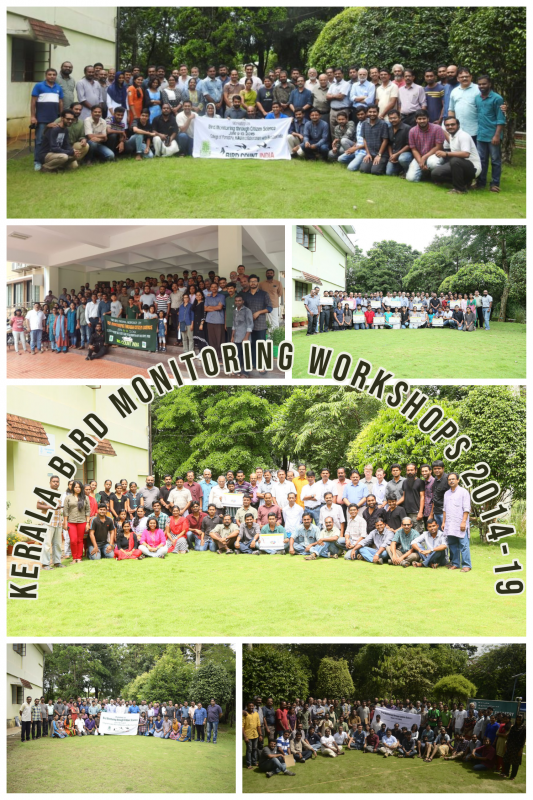
Annual meetings to review bird atlas
Dashboards
View Kerala Bird Atlas Wet Dashboard
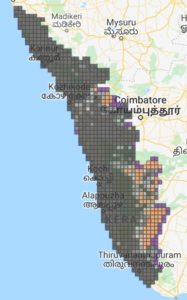
View Kerala Bird Atlas Dry Dashboard
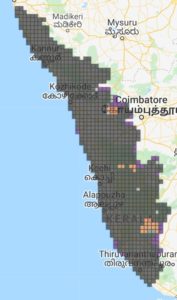
Overview
Kerala Bird Atlas is an ambitious citizen science project, to map the distribution and abundance of birds of an entire Indian state for the first time. (Mysore city Bird Atlas is on from 2014). Envisaged as a five year activity during a workshop in July 2015 conducted at Thrissur where several bird-watchers from Kerala participated, the Bird Atlas is expected to give more insights to abundance of the common birds which is largely lacking now. By repeating the process over a period of 25 years or so, it will be possible to scientifically document changes in distribution and abundance of our birds over a period of time. This has huge implications on nature conservation as a whole as birds are perfect indicators of the changing ecological conditions.
For those who are interested in what can be achieved, please see this link for what UK birders (BTO) has managed to do. Atlas outputs are used by policy makers in several countries and are perfect examples of citizen science being used in conservation of nature. The 2014 RSPB Medal was awarded to the team behind the British Bird Atlas 2007–11 and they acknowledged its role as a valuable resource to everyone involved in conserving, researching or understanding Britain and Ireland’s birds.
In the political map of Kerala which spans over 38,863 km², 4324 sub-cells (locations) that need to be surveyed have been identified. Each sub-cell will be surveyed for 1 hour effort, twice a year. Thrissur & Alappuzha were the first districts to complete and and their results are published in a workshop in June 2016. Subsequently, Kasaragod, Kannur and Kottayam has completed their respective atlases in 2018. By 2020 September, the process will be complete for the first systematic Bird Atlas for a state in India !
Follow the updates in Kerala Bird Atlas Facebook group
Kerala Bird Atlas Protocol v 1.2
- Bird Atlas surveys shall be done twice a year.
- July mid – September mid [60 days, 9 weekends]
- January mid – March mid [60 days, 9 weekends]
- Kerala is divided into grids of size 6.6 x 6.6km (3.75’ x 3.75’)
- Each grid is divided into four quadrants of size 3.3 x 3.3km (1.875’ x 1.875’)
- Each quadrant is divided into 9 sub-cells of size 1.1 x 1.1km (0.625’ x 0.625’)
- Bird-watcher teams sample 1 randomly selected sub-cell in every quadrant in Kerala (roughly 10% sampling)
- Each team shall have minimum two birders and maximum five birders and shall have atleast one expert bird-watcher selected by the coordinator.
- Each sub-cell shall have four 15 minute, travelling lists of all species counted/estimated and uploaded in eBird.
- Teams should attempt to cover all habitat types inside a sub-cell.
- Though it is okay to have just one team do all the four lists in a sub-cell, it is preferable that multiple teams divide the responsibility of covering a sub-cell. This gives us less observer bias. E.g. With a single basecamp in a forest bird survey with two teams, one the second day, teams can swap the sub-cells they did on the first day.
- Though it is okay to have one team do all the four sub-cells one after the other on the same day, it is preferable to do these sub-cells split into multiple days to avoid bias due to transient weather conditions. E.g. Easily accessible sub-cells can even be visited on four independent mornings for 15 minutes each, however atleast do the sub-cells in a cell on different days.
- Bird-watching times are generally expected to be between 6:00-10:00 and 16:00-18:00. However individual teams are left to decide the best times of the day for birding in each sub-cell based on the habitat, disturbance and bird abundance.
- Forest sub-cells shall be strictly covered during 6:00-9:00 and exceptionally till 10:00.
- Sub-cell has to be resampled if the lists are not representative due to unforeseen conditions like rain, disturbances, weather conditions, etc. and is decided together by coordinator and the lead birder.
- Apart from birds, it is mandatory for the volunteers to report the presence/absence of the following in each of their lists. These can be entered as eBird list comments.
- Any water body of size approximately greater than 10 square meters
- Standing Water (Yes/No)
- Flowing Water (Yes/No)
- Fruiting Fig (ആൽമരം) trees (Only fruiting during the count)
-
Strangler figs are very distinctive due to the hanging roots and the twisted/knotted trunk and easy to recognize.
-
- Presence/Absence of Invasive Plants
- Lantana camara (കൊങ്ങിണിപൂവ്)
- Eichhornia crassipes (Water Hyacinth, കുളവാഴ)
- Salivinia molesta (അഫ്രിക്കൻ പായൽ)
- Mikania micrantha (ധൃതരാഷ്ട്ര പച്ച)
- Any water body of size approximately greater than 10 square meters
Tools
- Data Entry shall be in eBird.
- Use LocusFree to find where you are using an Android smart phone.
- Use GPX Viewer or QuoVadis Moblie 2 if you are a Windows phone user.
- Sub-cells for Surveying
- ID Guide to help volunteers recognize the invasive plant species. [Note, next version coming soon]
- An atlas quick checklist on things to do.
- A YouTube guide on how to fill an atlas list in eBird
- Bird Atlas eBird ID to which you can share your list
- Kasaragod: Kasaragod_bird_atlas
- Wayanad: wayanad
- Kozhikode: Kozhikode Bird Atlas
- Malappuram: malappurambirdatlas
- Thrissur: Bird Atlas Thrissur
- Palakkad: Bird atlas Palakkad
- Ernakulam: EKMBirdAtlas
- Idukki: IdukkiBirdAtlas
- Kottayam: BirdAtlasKtm
- Pathanamthitta: Pathanamthitta Atlas
- Kollam: Birdatlaskollam
- Thiruvananthapuram: Bird Atlas Trivandrum
Logistics Support
- Kerala Forest Department
- Kerala Agricultural University
Technical Support
- Bird Count India
Funding Support
- Duleep Matthai Nature Conservation Trust for funding the analysis of Kerala Bird Atlas data and publication of The Kerala Bird Atlas: features and insights (report scheduled Feb/March 2022)
- Antrix Corporation for the printing of An atlas of birds of Kerala
- Dr. Jayan Thomas for the printing of An atlas of birds of Kannur
- CGH Earth for the printing of An atlas of birds of Alappuzha
- Indian Bird Conservation Network (BNHS) for the small grant in the first year of the study (2015-16).
Contacts
- Kasaragod: Prashantha Krishna M C pkmcmani@gmail.com
- Kannur: C Sashikumar csashikumar@gmail.com
- Wayanad: CK Vishnudas ck.vishnudas@gmail.com
- Kozhikode: Naveenlal P naveenmbi@gmail.com
- Malappuram: SS Prasanth nakulprasanth@gmail.com
- Palakkad: Arya Vinod Arya Vinod aryavinod2001@gmail.com
- Thrissur: ES Praveen es.praveen1974@gmail.com
- Ernakulam: Premchand Reghuvaran premchandalpy@yahoo.co.in
- Idukki: Premchand Reghuvaran premchand.reghu@gmail.com
- Kottayam: Harikumar Mannar alpharikumar@gmail.com
- Alappuzha: Harikumar Mannar alpharikumar@gmail.com
- Pathanamthitta: Hari Mavelikara pakshihari@gmail.com
- Kollam: Jishnu R jishnur150300@gmail.com
- Thiruvananthapuram: AK Sivakumar sivanpalode@gmail.com

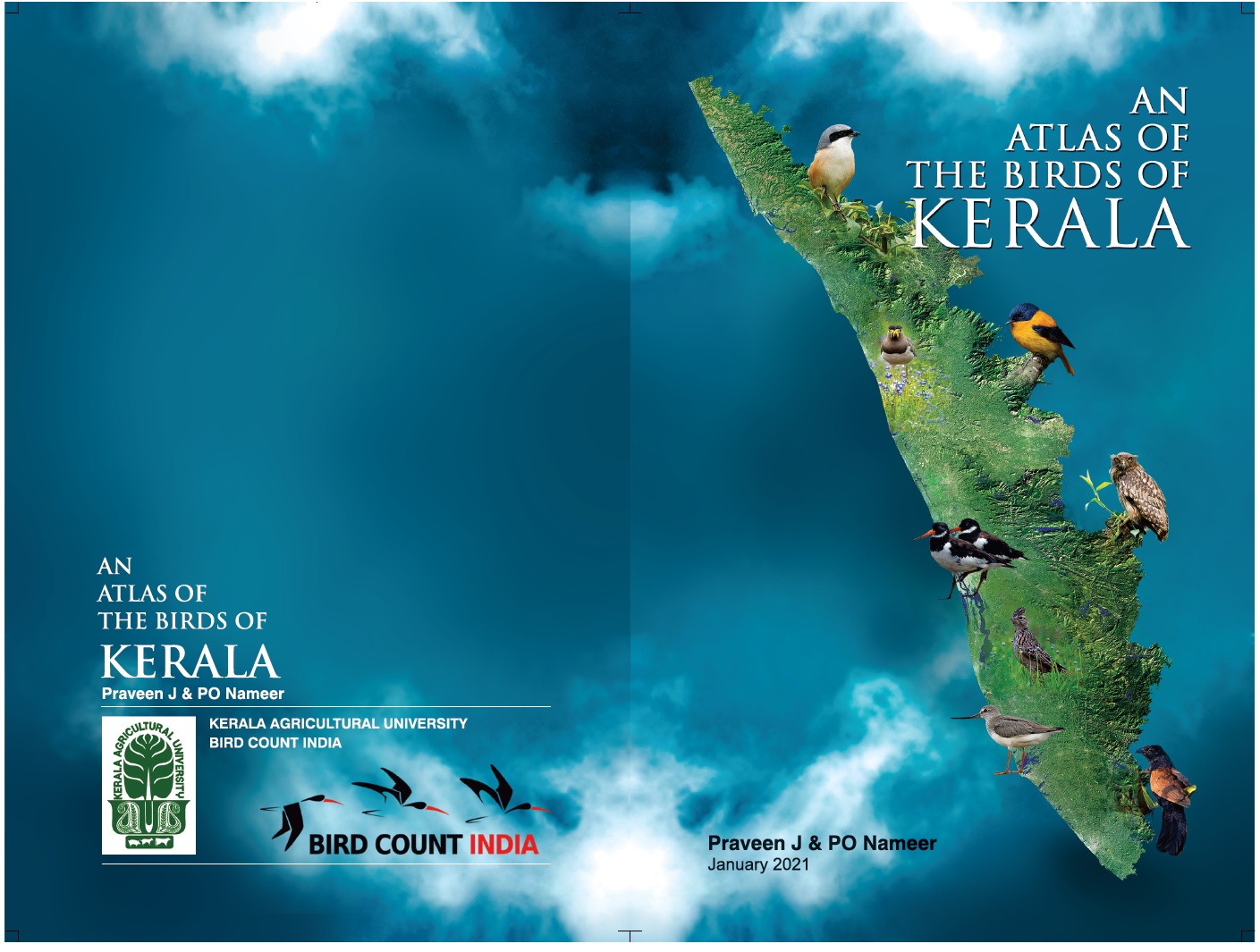
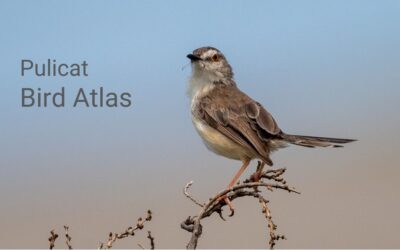
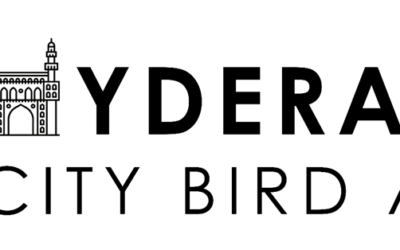
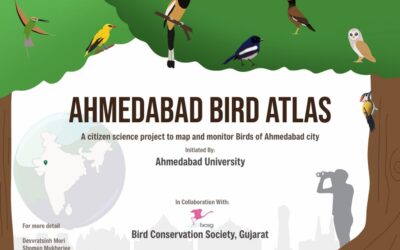
its really nice. I’ll try to add birds from my locality.
ഇന്ത്യയിൽ ആദ്യമായി പക്ഷി ഭൂപടം തയ്യാറാക്കിയ സംസ്ഥാനം?